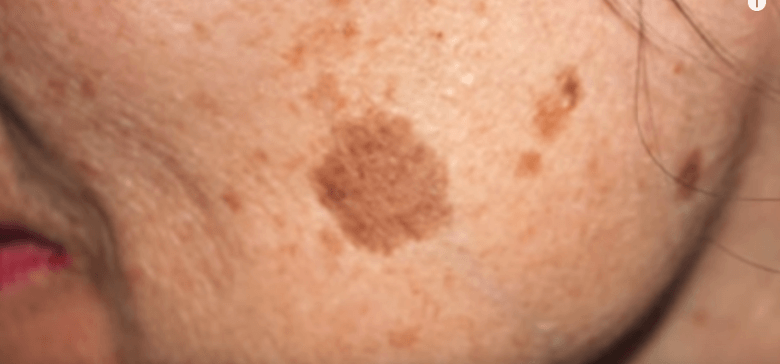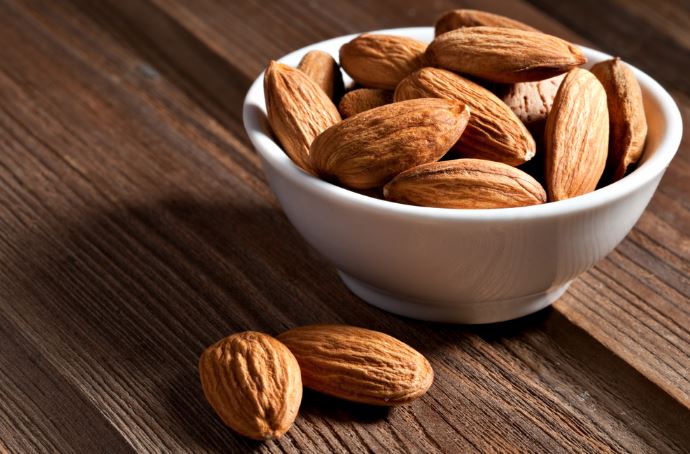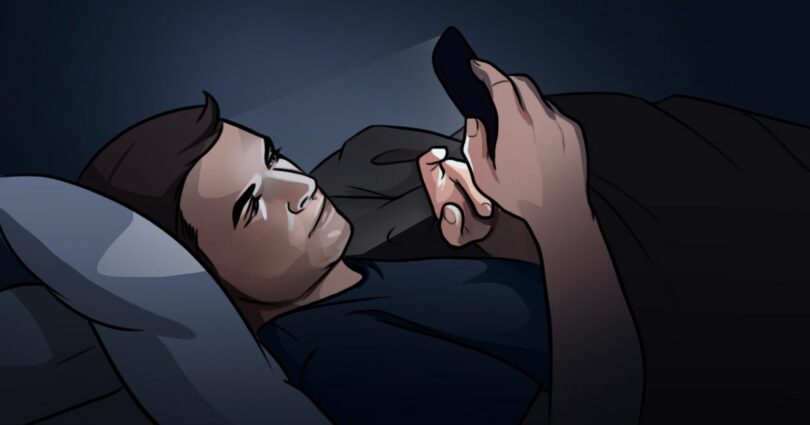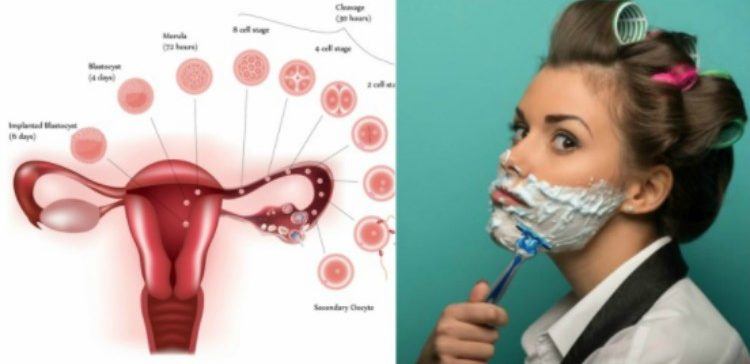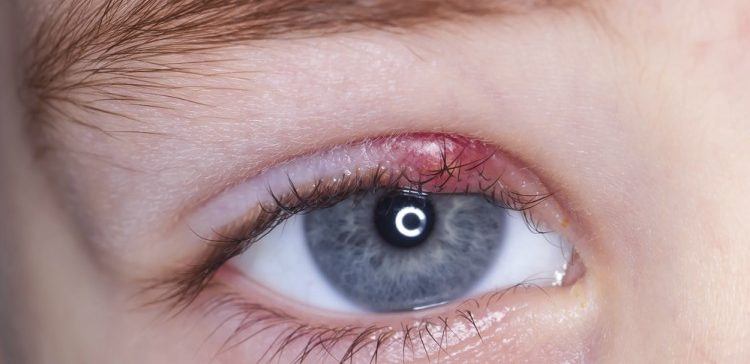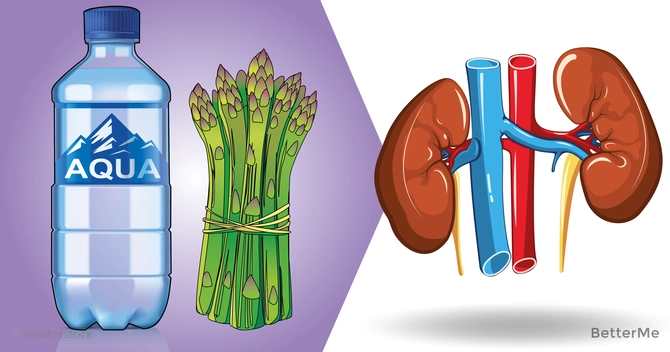We all have brown spots, otherwise known as age spots, somewhere on our skin. Whether it’s on your face, legs, arms, shoulders, or hands, you’ll be able to find brown spots somewhere on your body. As we age, these brown spots tend to multiply, hence why they’re also referred to as age spots – these large, brown splotches are an obvious sign of aging.
If you don’t like the look of these age spots and you’re looking to get rid of them, we have good news for you. There is a way to remove brown age spots from your skin, and it’s an extremely easy trick that only requires two ingredients to make! You probably have them in your kitchen right now.
But where do brown spots come from? Is there a way to stop them before you even have to resort to this two-ingredient solution?
Absolutely. Read on to learn why you have so many age spots, if they can be dangerous to your health, and other ways to remove and prevent them.
Why Do We Get Age Spots?
There are a few reason you have these brown spots on your skin, the first and foremost reason being over-exposure to sunlight and UV rays. This can be either from spending a lot of time outside (especially without wearing sunscreen) or from spending time in tanning beds, which give intense UV exposure.
The more sunlight and UV rays we’re exposed to, the more quickly the process of melanin occurs in our bodies. Melanin is our bodies’ natural response to sunlight, and is responsible for the tanning and darkening of our skin.
Over the years, our beach tans will fade, but areas of our body that have been seriously exposed to UV rays over the years will retain some brown splotches. This means the melanin was overactive in these areas, resulting in unsightly age spots.
Are Age Spots Dangerous?
The scary truth is, they can be. This doesn’t mean that every brown spot is cancerous, but there are a few warning signs you should keep an eye out for:
- If some spots are much darker than others
- If they have a funky border around them
- If they’re constantly growing or changing
- If they’re red or tender
If you notice any of these signs with your brown spots, see your doctor or dermatologist immediately. The best way to keep track of this is to do regular self-examinations.
Nervous or unsure about the status of your spots? Try testing your age spots with the “ABCDE’s of Melanoma” test. Ask yourself each of these questions when determining if your spots may be potentially hazardous.
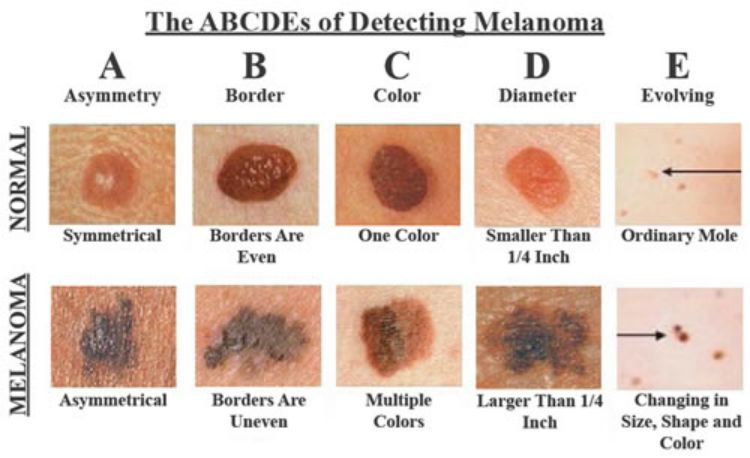
Watch Video instructions in the Next Page …

